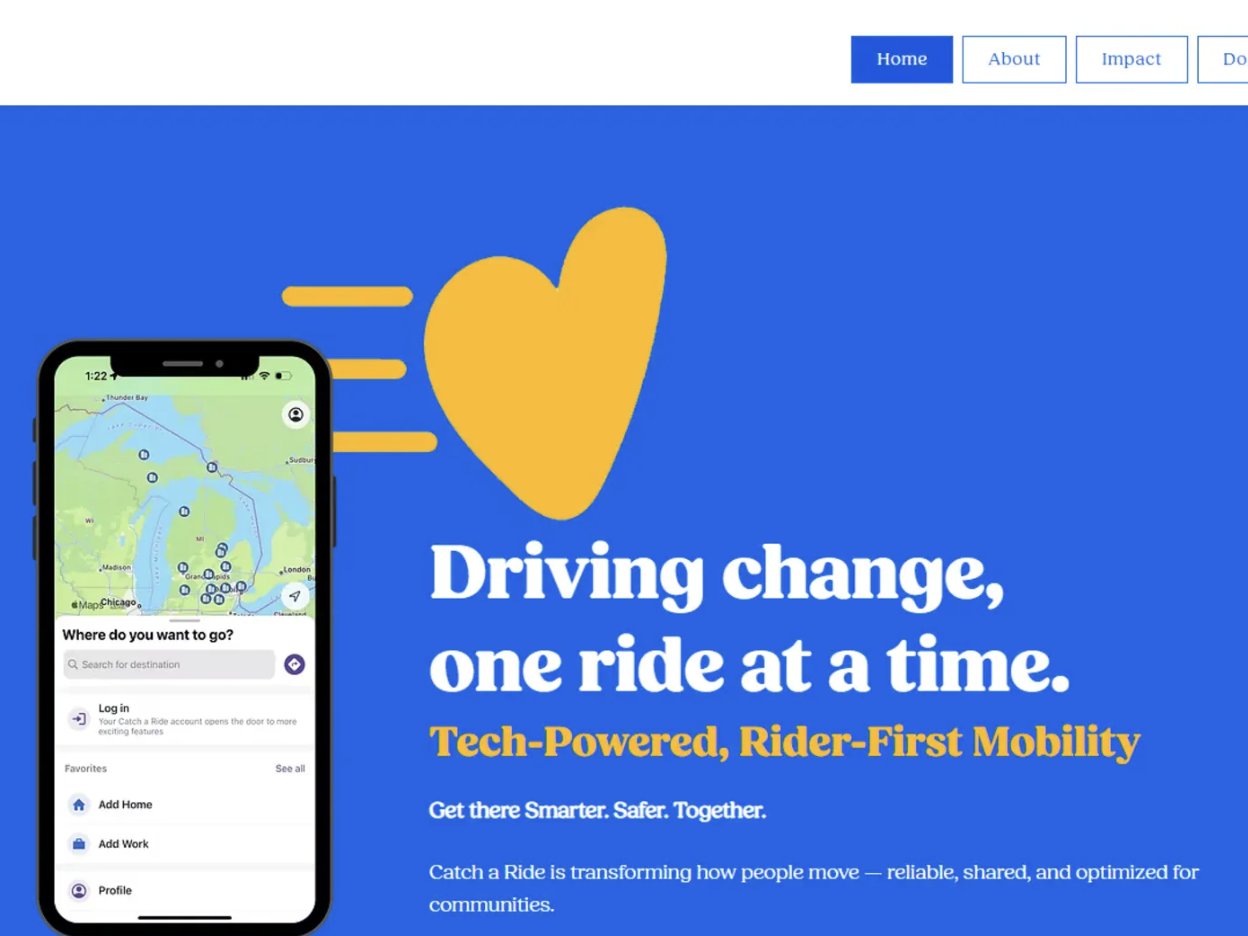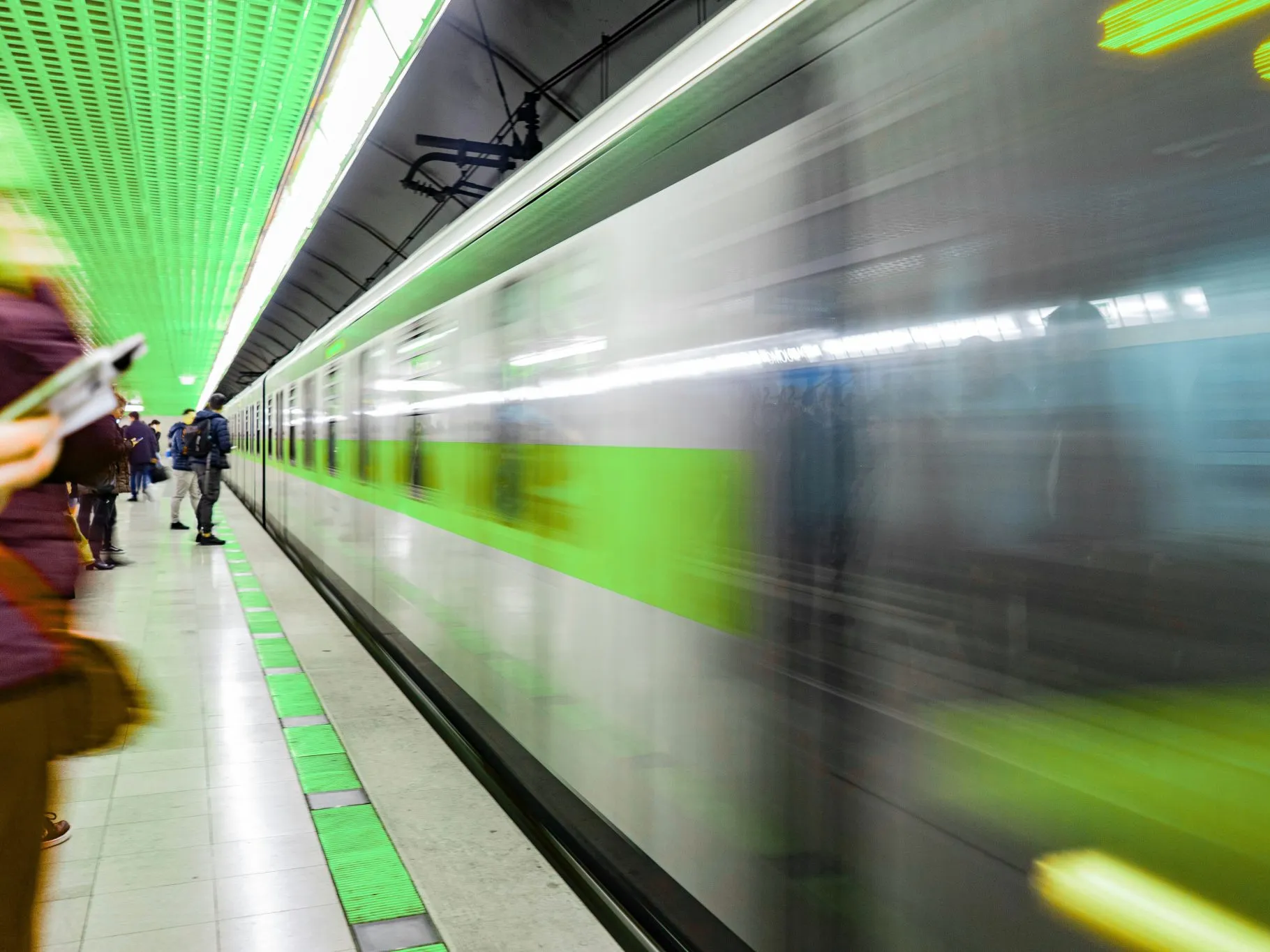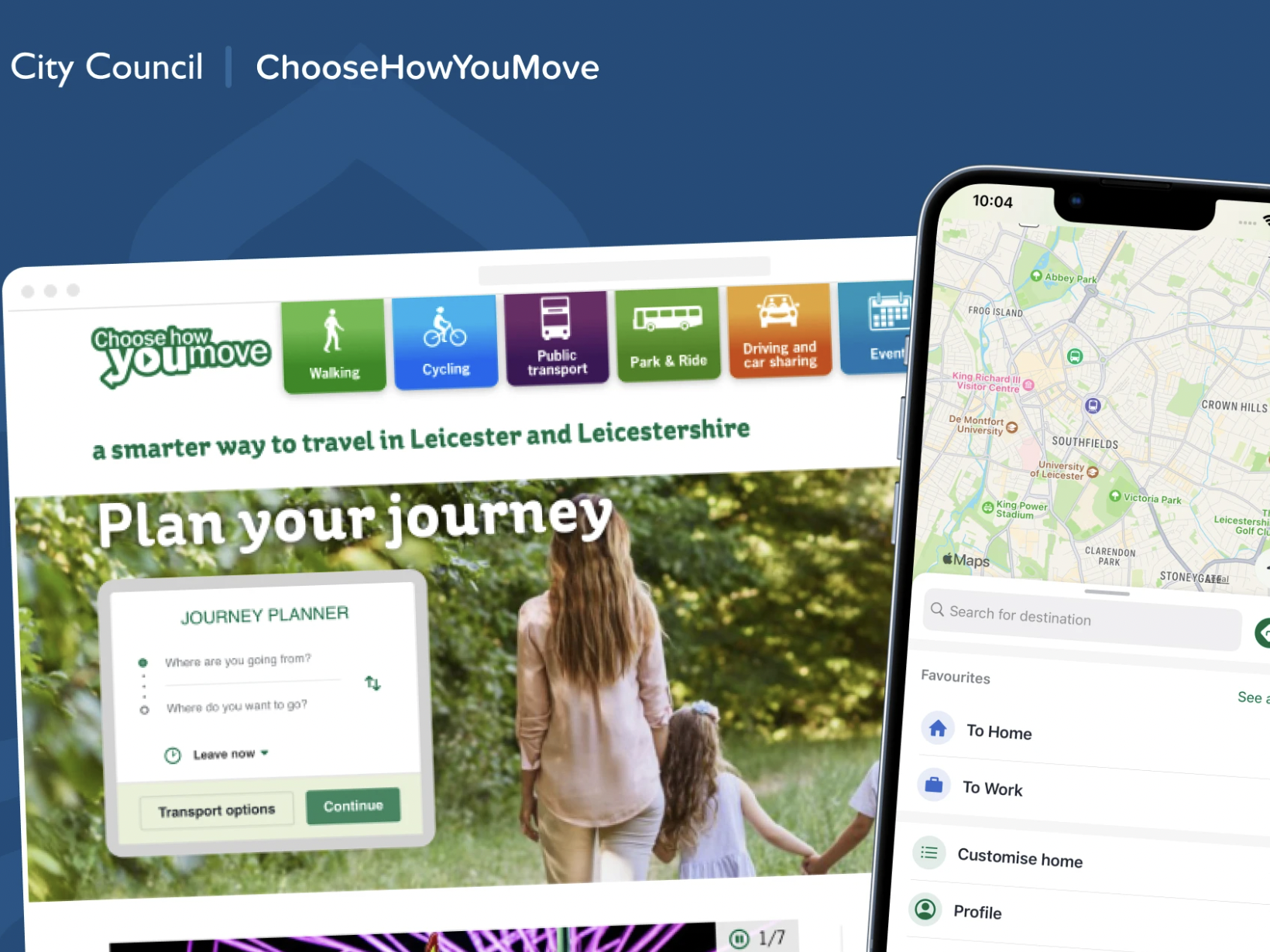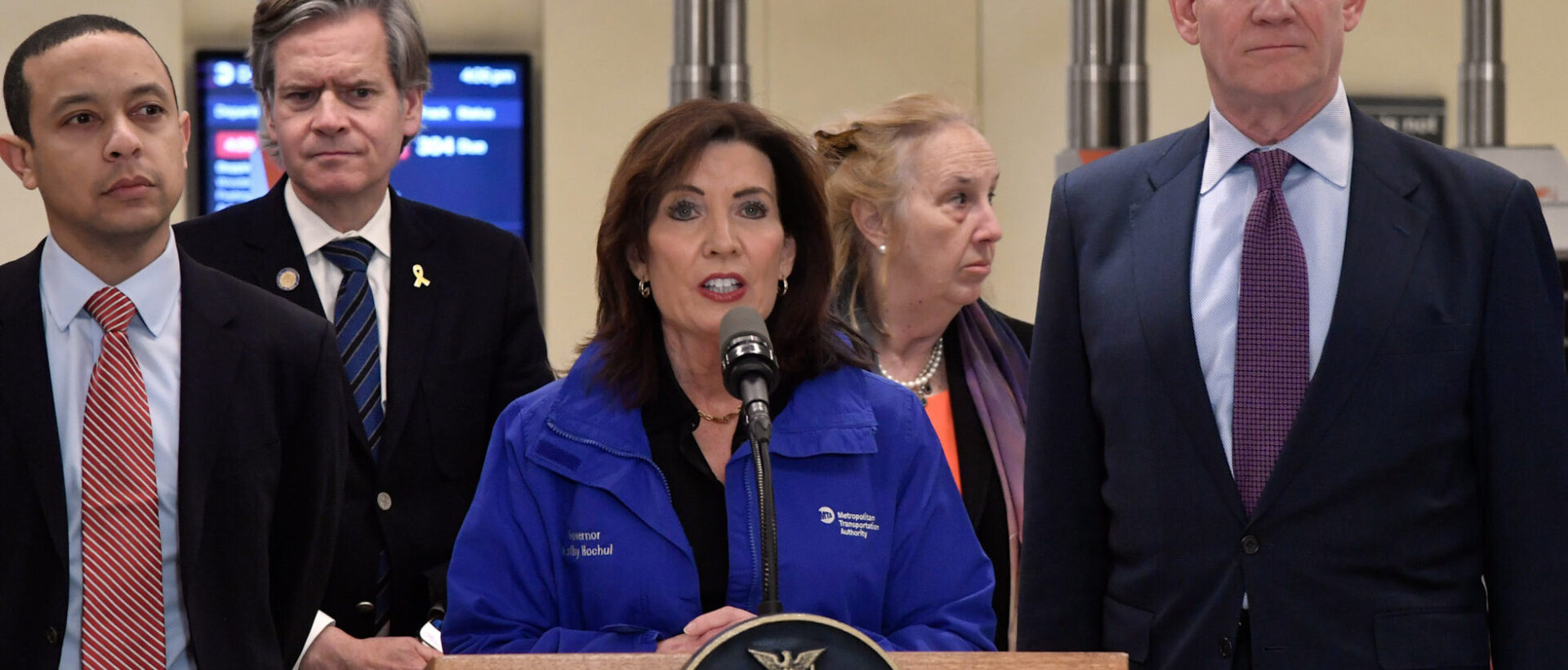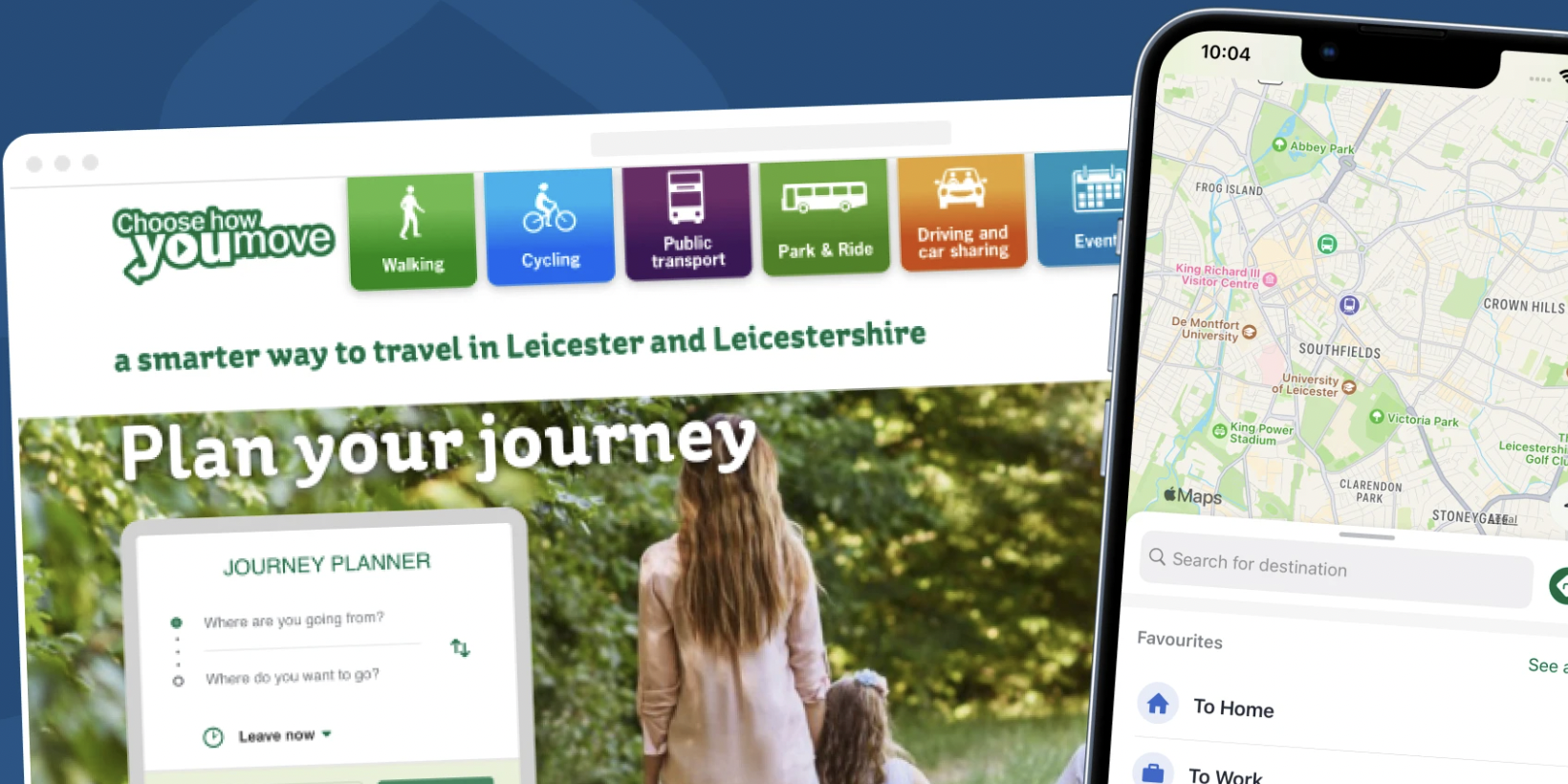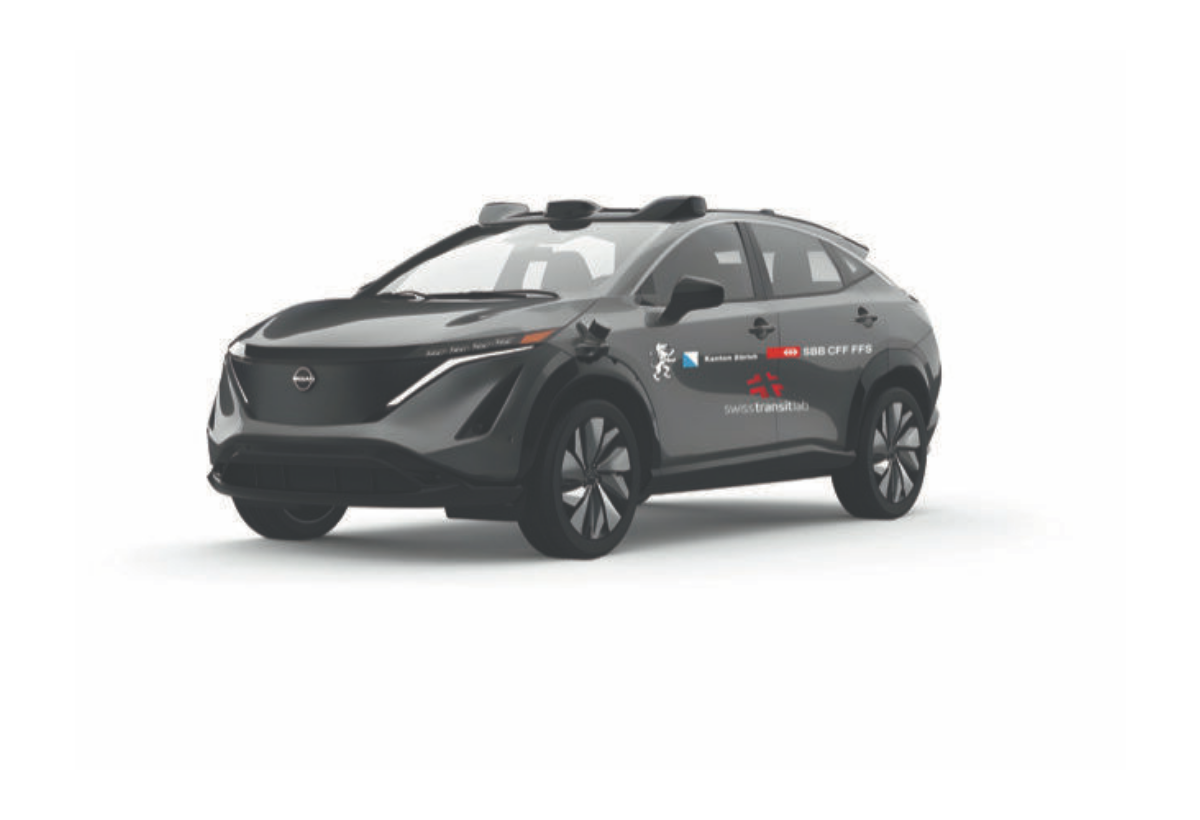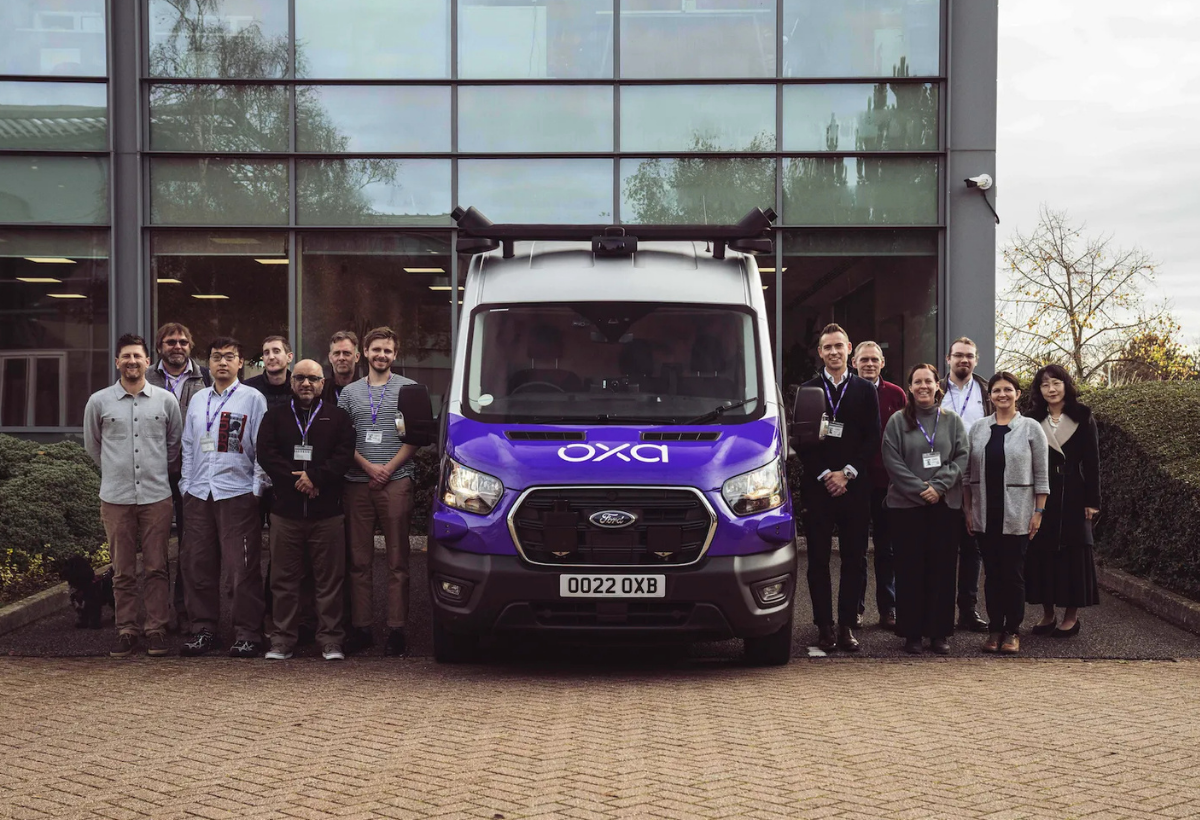Mid-sized cities and large towns – think places with populations between 100,000 and 500,000 – may not match the bustle of global metropolises, yet they face equally pressing demands: cleaner air, accessible transit, and a reduced reliance on private cars.
In many ways, these goals have become non-negotiable as local governments adopt climate targets and strive to improve quality of life for citizens, without the luxury of major-city budgets.
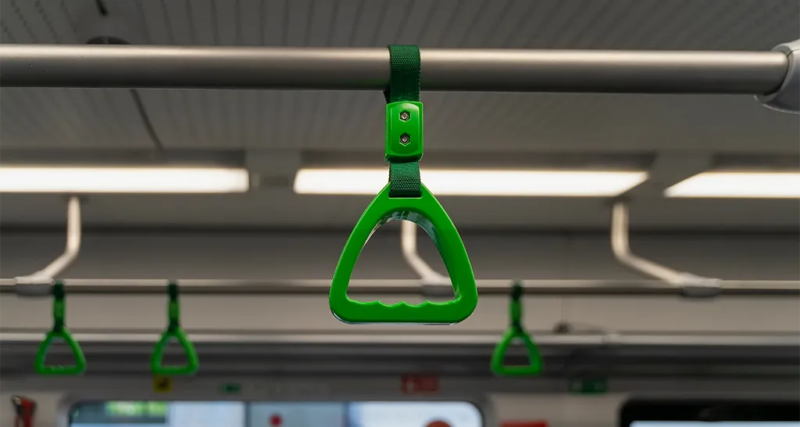
For such cities, a digital journey planner can be a game-changing approach that unifies multiple modes under one user-friendly interface, nudges people toward greener travel habits, and provides the data needed for cities to make smarter mobility decisions.
When a journey planner consolidates every transport option, and tailors it to the preference of the user, it becomes the gateway to more efficient, low-emission travel.
Mid-tier cities often grapple with fragmented service providers, inconsistent timetables, and limited funding. Transport executives end up juggling multiple platforms for buses, trains, bike-shares, and other emerging modes, making it cumbersome for the public to piece together coherent journeys. A digital journey planner resolves this by integrating transport data in one place, encouraging residents to explore beyond private vehicles. By offering door-to-door routes, real-time updates, and even showing carbon emissions per trip, this solution not only simplifies mobility but can also shift public perception and habits. People discover that cycling to a bus stop or taking an e-scooter for the last mile may be just as convenient – often cheaper and greener – than defaulting to the family car.
Mid-sized cities that have embraced integrated planning tools also see cost savings. Instead of commissioning a full-scale mobility-as-a-service platform with ticketing, digital journey planning serves as a first, low-risk step. Quick to deploy and easy to brand, it proves to both residents and policymakers that local transport can be accessible and multi-modal without blowing the budget. Just as crucial, these platforms can embed critical inclusivity features, such as filters for step-free routes and real-time alerts on disruptions, helping ensure transport works for everyone, including wheelchair users and older passengers.
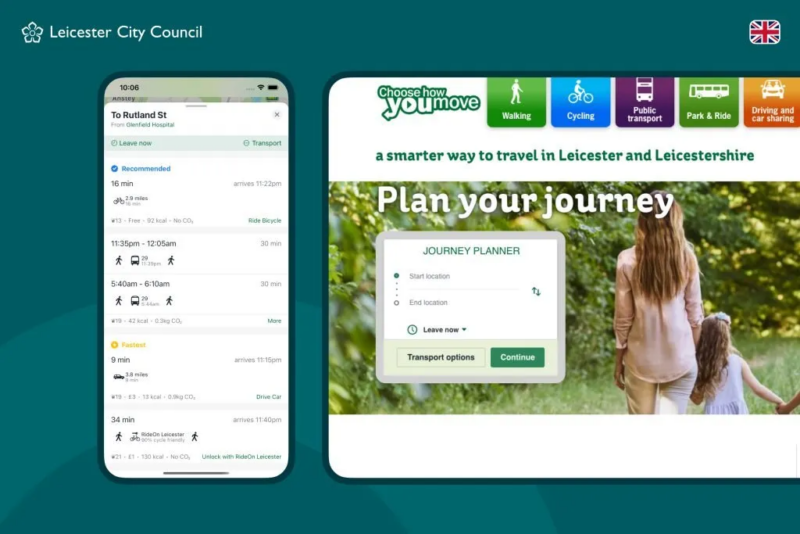
On the path to better urban mobility, consider these critical focus areas for deploying a digital planner:
- Seamless Multi-Modal Experience: Combine all relevant modes – buses, trains, rideshares, bikes – into a single trip itinerary so users don’t need multiple apps.
- Branding & Customisation: Ensure the planner matches your city’s look, feel, and messaging, reinforcing trust and local relevance.
- Fast Implementation: Avoid lengthy pilot programs by embedding a pre-built yet customisable widget or API, reducing upfront costs and time to market.
Accurate, real-time data from a journey planner can reveal hidden travel patterns, pinpoint where new services might be needed, and quantify the impact of sustainable transport initiatives.
One of the most significant but often overlooked benefits is the rich data that underpins these digital planners. Every trip search – whether it’s a daily commuter checking bus routes or a student choosing between a bike and an e-scooter – generates insights into how, when, and why people travel. In mid-tier cities with limited resources, tapping into this data can rapidly elevate transport planning beyond guesswork. Aggregated origin-destination patterns can guide where to expand services or add microtransit links. Peak-hour searches might spotlight overcrowded routes, prompting new scheduling or better traffic management. As authorities push for carbon reduction, a good journey planner tool can calculate estimated emissions per trip, allowing cities to report real, quantifiable progress to funders and the community.
This data-driven approach doesn’t just strengthen planning. It empowers mid-tier cities to present tangible evidence of change. Politicians, business owners and residents often want proof that green mobility measures actually work: lower emissions, fewer cars on the road, and quicker commutes. When your digital journey planner tracks these metrics over time, you can confidently demonstrate where and why budgets should be allocated.
Ultimately, a well-deployed digital journey planner solves two pressing problems for mid-tier cities: the immediate, visible need for unified, user-friendly transit information and the long-term requirement for actionable data insights.
As more councils race to reduce congestion and emissions – and as citizens increasingly demand seamless, inclusive transport – a flexible, cost-effective journey planning tool is no longer a “nice-to-have.” It’s the pivotal catalyst for the next era of cleaner, smarter mobility.
If you’re ready to give your residents a single, easy-to-use platform for all their travel options, while simultaneously unlocking valuable insights that shape future mobility decisions, explore how a tailored solution like SkedGo’s can set your city on a path to success. By bridging the gap between policy ambitions and day-to-day realities, mid-tier cities can finally move beyond outdated car-first infrastructures and into an era of integrated, sustainable, and data-driven transport.
This article was originally published by SkedGo.





